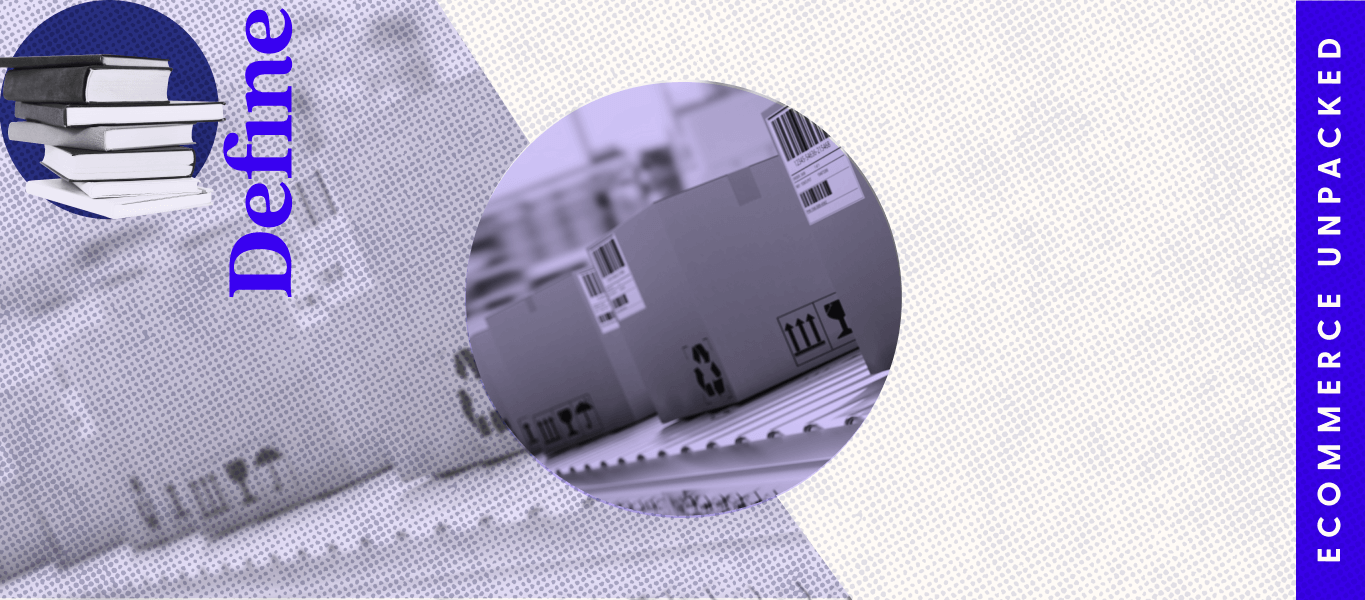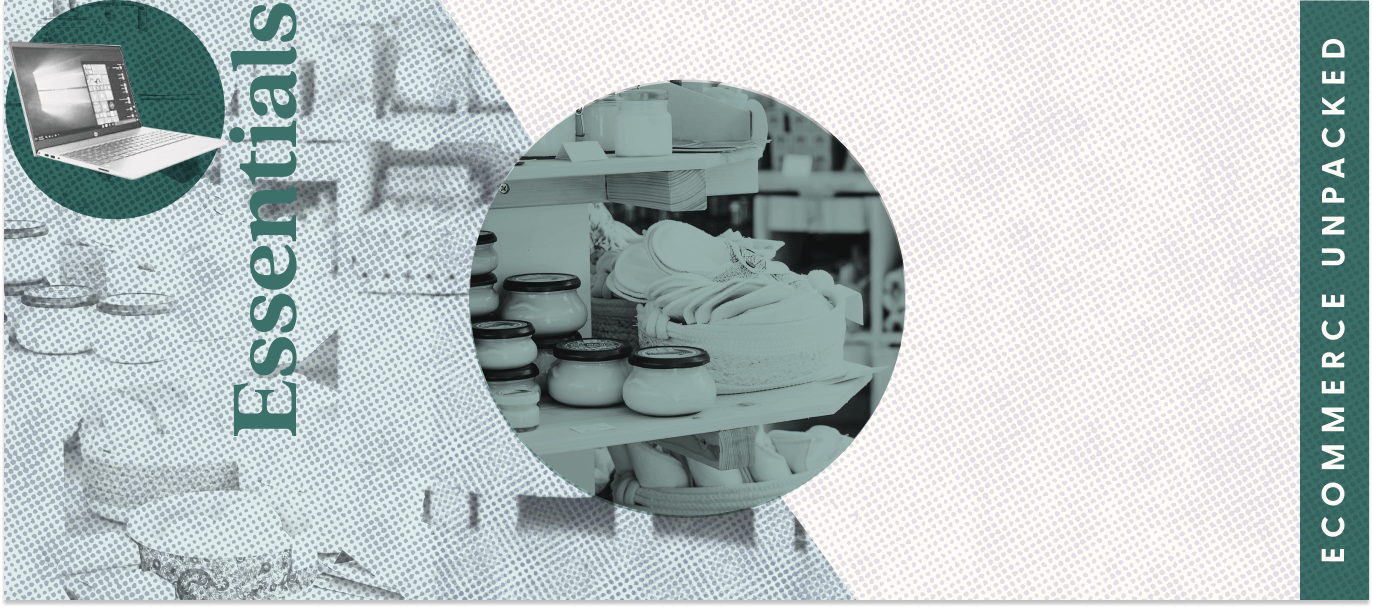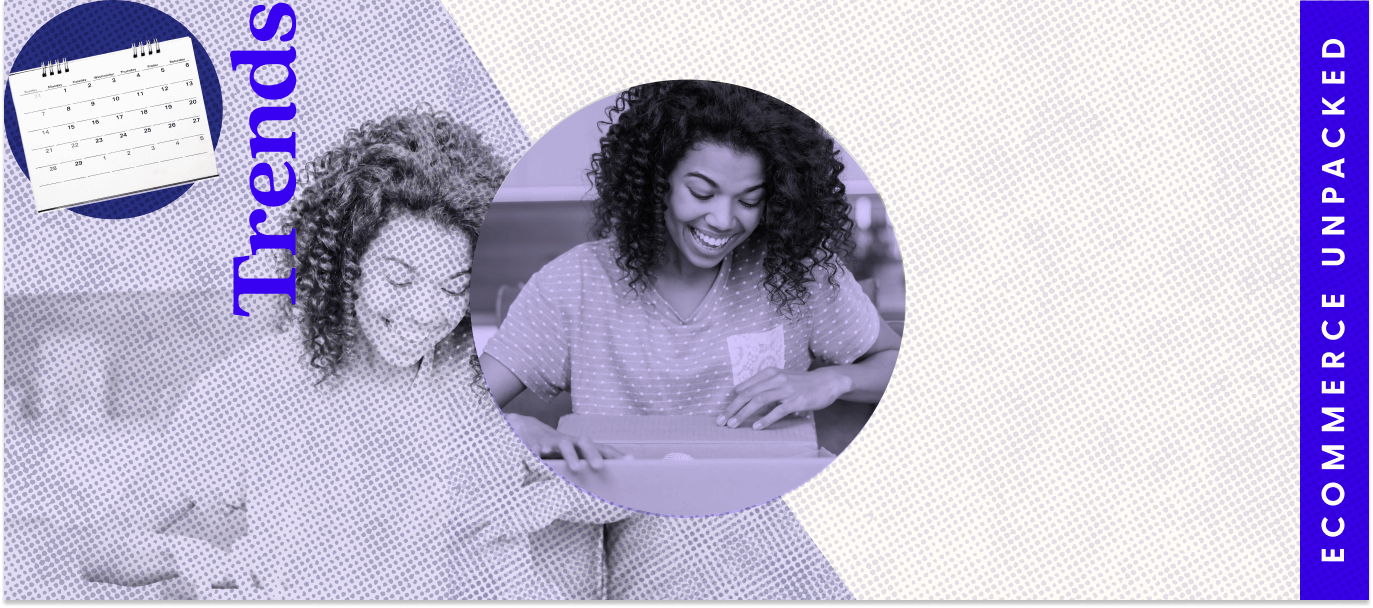When launching a new ecommerce business, it’s easy to hyperfocus on the more exciting elements, like the look and feel of your online store, your product offerings, or your marketing strategy. Too often, new ecommerce business owners give too little attention to a fundamental question: How will you get your products to customers once they’ve ordered them?
Ecommerce fulfillment is more than just a logistical box to check off. Doing it well can help a business blow past the competition, while doing it poorly can bloat costs and chase customers away.
Curious about what ecommerce fulfillment entails, and how to choose the right fulfillment model for your business? This beginner’s guide is a great place to start.
Key takeaways
- Ecommerce fulfillment is the entire process of delivering a product to an end customer of an online store, including processing returns and exchanges.
- An efficient and effective fulfillment process is vital for keeping operating costs in check, as well as for earning customer satisfaction and loyalty.
- Businesses can employ different fulfillment models (in-house, dropshipping, or third-party logistics) depending on their needs and resources.
Understanding ecommerce fulfillment
Ecommerce fulfillment is the process of delivering a physical product to a customer who has purchased the item online. It involves ordering, storing, packing, and shipping each order, as well as handling returns and exchanges.
Today’s customers have come to expect fast, easy, and affordable delivery. One study found that 69% of customers are much less likely to return to an online store if their order is more than two days late. And 25% of customers who abandon their cart cite unexpected shipping costs as their reason for leaving without making a purchase.
Clearly your shipping can’t just be fast—the price also has to be right.
Ecommerce fulfillment is not just a necessary step in selling products online—it’s a crucial part of your business model and a defining element of your customers’ experience.
Components of ecommerce fulfillment
A lot goes into ecommerce fulfillment, so let’s break down the parts and see what they do.
1. Order management
Order management is keeping a comprehensive and real-time view of your entire fulfillment process, including tracking the status of individual shipments and returns, dealing with erroneous and incomplete orders, and taking note of ordering trends. This is how you make sure all the processes below work together seamlessly.
2. Inventory management
You can’t ship what’s not in stock. Inventory management involves storing, ordering, and restocking the products you sell on your online store.
Done right, inventory management can help keep overhead costs low and customer satisfaction high. If your inventory is overstocked, you risk spending too much on warehousing space. If your inventory is too light, you risk failing to meet your customers’ demand.
Striking that balance requires effective forecasting based on order trends and customer behavior. This can help you avoid running out or sitting on too much surplus.
3. Warehousing & storage
You can’t run your ecommerce business out of your garage forever. Good warehousing provides not only a safe place to store inventory, but also a conducive operating hub for quickly and efficiently processing orders.
4. Order processing
This step begins when a customer places an order. It involves verifying each order’s data, including payment details, shipping address, and any other relevant information, helping ensure the right product will go to the right place at the right time.
5. Order fulfillment
This involves picking products from inventory, packing them for delivery, and shipping them out to your customers. This is a labor-intensive step, and doing it well can go a long way in controlling the quality of your customer’s experience.
6. Shipping & delivery
Now the rubber meets the road. The point in which you move your products from your warehouse to your customer is where delays are most likely, so refining this step is crucial to keeping customers happy and coming back for more.
7. Returns management
No matter how great your products are, returns are going to happen. The system for managing those returns is called reverse logistics, and it involves processing returned items and getting them ready for resale to avoid accumulating dead stock. By making it as easy as possible for your customers to make returns, you can increase trust in your brand and increase lifetime value (LTV).
Choosing an ecommerce fulfillment model
Now that we know what ecommerce fulfillment is, let’s talk about various ways to get it done. There are several models, and choosing the right one depends on the nuances of your business. Relevant factors include the location of your customers, your location or the location of your suppliers, how many employees you have, your order volume, the types of products you sell, and so on.
Let’s look at three common ecommerce fulfillment models, how they work, and the pros and cons to consider.
In-house fulfillment
In this model, the business handles the entire fulfillment process on its own, from inventory management and shipping orders to handling returns.
Pros of in-house fulfillment
The chief advantage of this model is full control over your fulfillment operations. It lets you manage your own inventory, making sure what’s on the shelves matches what’s displayed on your online store. It also allows you to fine-tune every aspect of your customer’s experience, from the way they’re notified about the progress of their order to the look and feel of the package that arrives at their door.
Cons of in-house fulfillment
The disadvantages of in-house fulfillment include the operational burden and potential overhead. This model is time consuming, and the labor and management is left up to the business, as is the leasing of any needed warehouse space. From inventory management to returns processing, it can be a lot to navigate.
Additionally, your product offerings are necessarily limited to the volume your warehousing space can handle. In-house fulfillment also makes scaling difficult, since fulfilling more orders requires more warehouse space and employees.
Summary
In-house fulfillment is popular for smaller ecommerce businesses (think fewer than 100 sales a month) who can run lean without spending much capital on warehousing, labor, and equipment.
Dropshipping
In this model, the ecommerce business outsources fulfillment, purchasing products from a third party (usually a wholesaler or manufacturer), who then ships the products directly to customers.
Pros of dropshipping
Dropshipping requires less capital upfront, since businesses don’t have to purchase products until they’ve already been ordered by a customer. It also eliminates the need for warehousing, which reduces overhead costs.
It gives you effectively unlimited shelf space, which frees you to offer as many products as you want on your online store. All this can make scaling a business much easier.
Cons of dropshipping
On the other hand, dropshipping makes you dependent on the reliability of those third-party partners. It limits branding and customization options, reducing your control over the customer experience.
It also requires keeping track of third-party inventory and making sure your online store reflects what’s actually available. It limits lead times, does not allow for bulk pricing, and keeps margins thin.
Summary
Dropshipping can be an effective model, especially for ecommerce businesses looking to run lean and scale quickly.
Third-party logistics (3PL)
In this model, the business hires a 3PL service to manage their entire supply chain. The 3PL handles a range of logistical tasks, from inventory management and picking and packing to freight forwarding, customs brokerage, and sourcing transportation.
Pros of third-party logistics
This model lets you tap into a 3PL’s expertise in warehousing, fulfillment, shipping, and quality assurance. It saves you the cost and hassle of hiring, onboarding, training, and managing fulfillment staff.
This model reduces operating costs, making warehouse leasing unnecessary. 3PLs tap into a wide network of fulfillment warehouses, helping achieve fast delivery and returns at lower costs. That wide network also simplifies the process of expanding into new markets, helping you scale more seamlessly.
Many 3PLs also provide data insights, helping you more accurately forecast customer demand.
Cons of third-party logistics
Outsourcing to a 3PL inevitably means losing some control over your customer experience. You’ll be reliant on the 3PL for the timeliness of shipping and returns, and for the quality of your customer service. Any failure in those areas may be the 3PL’s fault, but it will still reflect on your business, potentially harming your reputation among customers.
Summary
This model can be beneficial to ecommerce businesses who lack the resources to manage their own fulfillment, provided they choose a 3PL with the right network, experience, and dedication to customer experience.
The value of optimized fulfillment
Shipping is a defining element of any ecommerce business that sells physical products.
You may have a delightful and frictionless online store, and your products may be incredible, but if your shipping process isn’t just as great, you will risk losing customers. What’s more, an inefficient fulfillment process can easily eat up funds that could otherwise be used for marketing and business development.
In short, it pays to optimize your fulfillment process and choose the model that best suits your business. If you go with the in-house model, invest in the right team members and continually refine your process. If you choose to work with a third party, vet them carefully. Do all you can to keep your shipping fast, your returns easy, your costs low, and your customers happy.
FAQs on ecommerce fulfillment
Is a warehouse necessary to run a successful ecommerce business?
Not necessarily. Many small ecommerce businesses are run from home, with inventory stored in a basement or garage. As order volume increases, however, so should your inventory size. Sooner or later, a growing business will likely need to acquire warehousing space, switch to dropshipping, or partner with a 3PL.
How much do 3PL partners charge?
This depends on your order volume and complexity, as well as the size and weight of your products. While costs can vary, you’ll typically pay:
- A per hour or per pallet fee for inventory receiving
- Storage costs, by the pallet
- Picking and packing costs, typically charged per order
- A flat onboarding fee
Your largest expense will be outbound shipping. This will vary based on the size and weight of your products, as well as the location of the customer.
You will also usually pay for inbound shipping, return handling, and account management, the cost for which can range from $50–$1,000 per month.
Any special services (like custom packaging or product kitting or assembly) will incur additional fees.
What are the most popular 3PL providers in the United States?
Below are the top 10 3PL providers in the United States (ranked by gross logistics revenue in 2021).
- C.H. Robinson
- Expeditors
- UPS Supply Chain Solutions
- Kuehne + Nagel (Americas)
- J.B. Hunt
- XPO Logistics
- DSV (North America)
- GXO Logistics
- Total Quality Logistics
- Uber Freight



